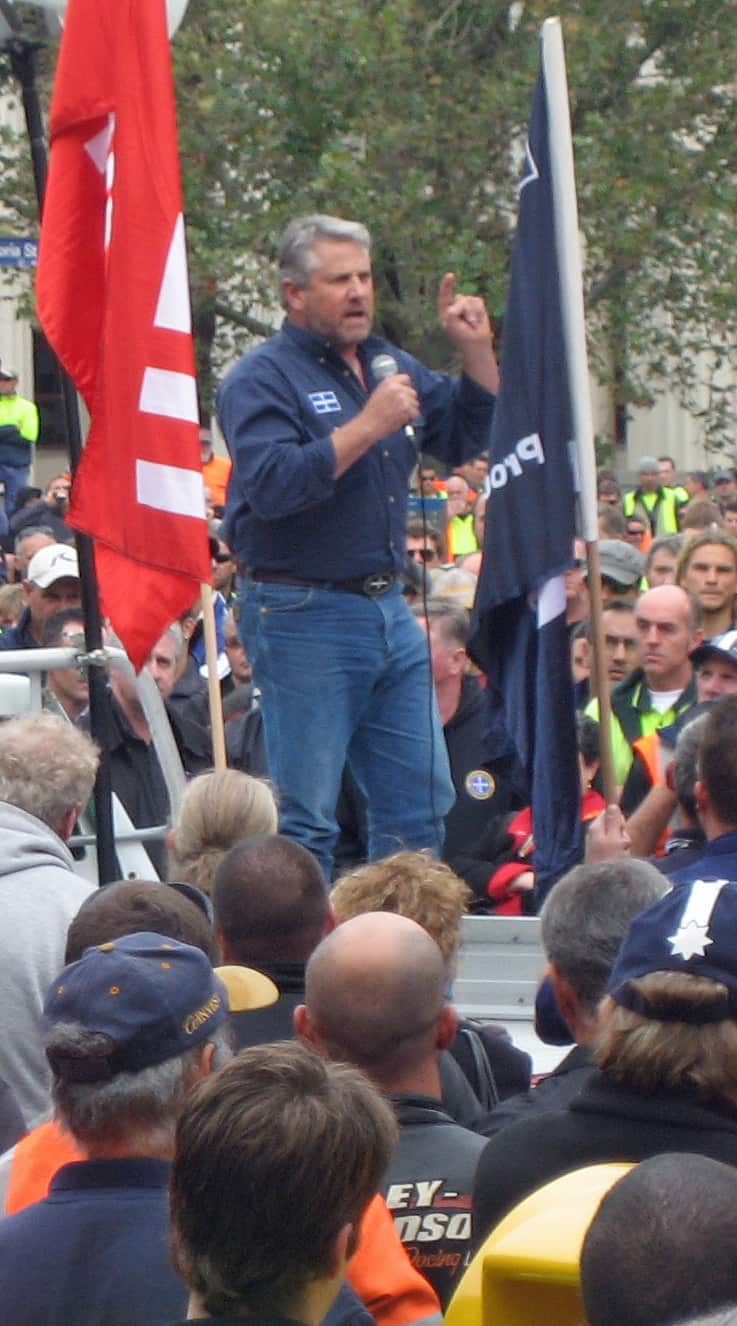The national OHS Officer of the Australian Manufacturing Workers Union, Deborah Vallance, provided her perspective on the tweaking of Australia’s OHS laws to the StickTogether radio program on 25 April 2010. (The interview is at the 16 minute mark in the podcast)
Vallance says that the complexity and overlap of laws is often overstated but that there are benefits for licencing systems related to workplaces. She casts doubt on the significance of the reforms leading to a “seamless economy” regularly spruiked by government ministers. Continue reading “Union view of OHS harmonisation and data on the social cost of workplace safety”

